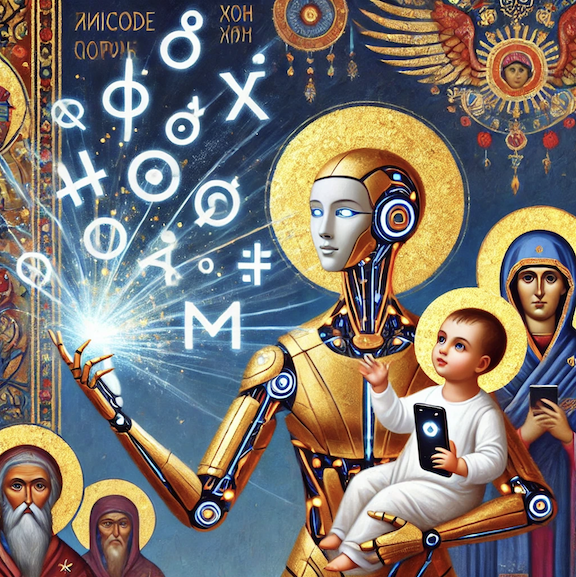New Learning’s Updates
Language Learning after Generative AI
Bill Cope, Mary Kalantzis, and Gabriela C. Zapata
Abstract: Why would anyone need to learn another language now, when we have machines that will speak and write for us? At a time when cynicism is growing about the costs and value of education, whether cynicism is justified or not, this is a question that is likely to be asked. This paper examines in general terms the consequences of Generative AI for Another Language Learning (ALL) including the areas of teaching and learning in areas that have historically been called foreign language learning, second language learning, and heritage language maintenance. The chapter proceeds through three sections. The first traces the development of AI, culminating in the arrival of Generative AI and its potential implications for language teaching and learning, In the second section we analyze the ways in which Generative AI processes language, making it a peculiarly text-semantic technology. Using our transpositional grammar as a framework, we analyze its limits, dangers, as well as its perhaps surprising potentials to reverse a long history of linguistic imperialism. In the last section we use the multiliteracies pedagogical framework to suggest a possible re-orientation in language teaching and learning away from functional ends to a broader framework that acknowledges the potential role of Generative AI in all aspects of language use and learning.
Preprint, forthcoming in: Zapata, Gabriela C., ed. Generative AI Technologies, Multiliteracies, and Language Education, London: Routledge, 2025.
Full text:



Learning a language to open your mind - that helps you see a larger world than you used to. AI is great but don't let us become lazier and depend on this technology Unblocked Games Premium.
Thanks for sharing this timely article! As an ALL instructor, I appreciate it and look forward to reading it soon!